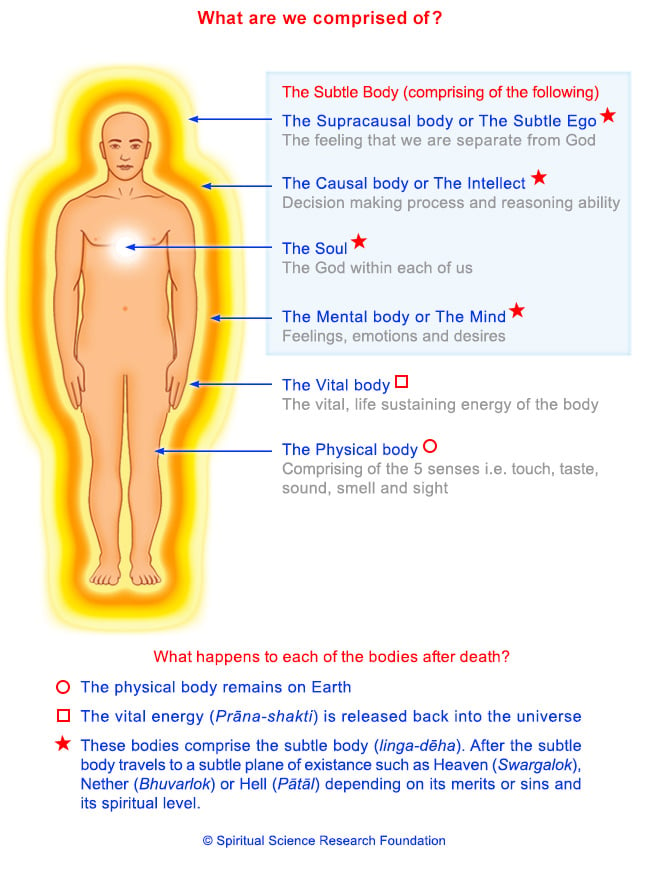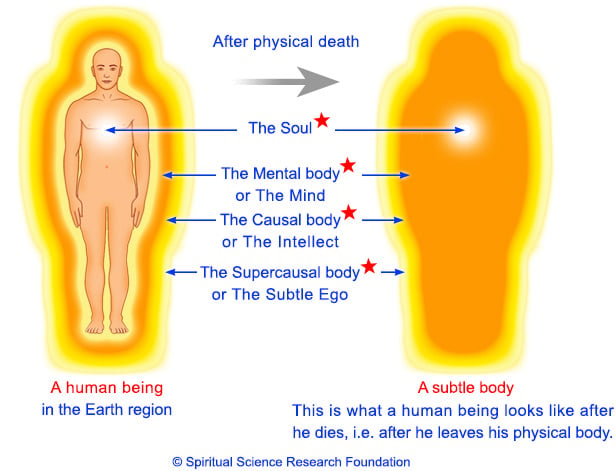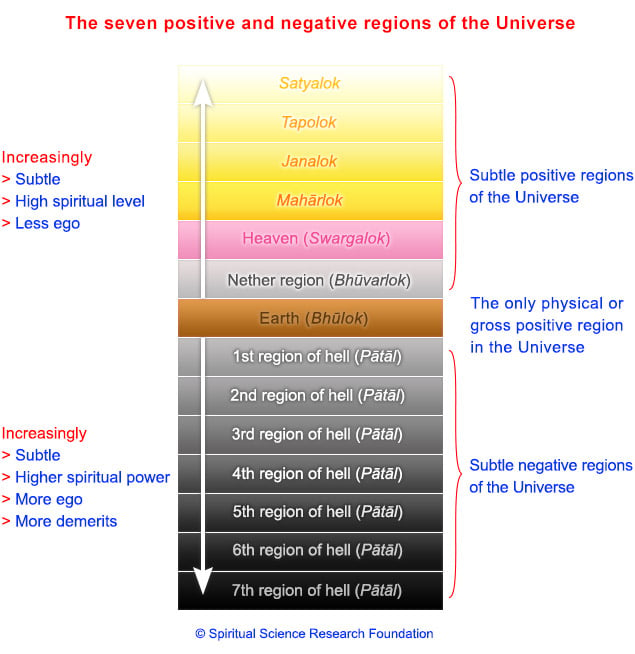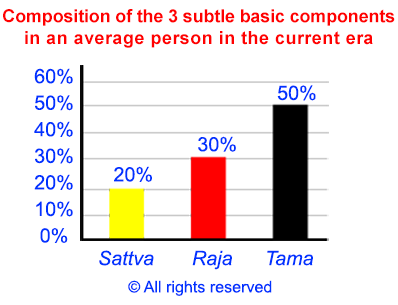,Hundreds of health gurus have come up with thousands of ways to try to
get you to lose weight, motivate you to exercise more, and fool the body
into shedding the pounds. But once you separate the good from the bad,
and the bad from the downright dangerous, you’re left with a few golden
nuggets that you can really put into place to start seeing results.
1. Keep Portion Sizes Under Control
This is a big part of most diet plans, and goes against some of the
large portions Americans have come to expect when they go out to eat.
There have been various ways to describe how much food we should be
eating. The palm of your hand is one way to portion out proteins and
carbs, and the size of your fist works for baked potatoes and apples.
It seems like it would be easy enough to keep all-you-can-eat
mentality confined to trips to Vegas, but more and more places these
days are making it possible to stuff yourself. Endless shrimp offers,
pizza buffets, and even unlimited refills on french fries are all
readily available for most city dwellers. These are best avoided since
the temptation to eat your money’s worth is often too strong.
Also keep in mind that the amount of food that the stomach can hold
is roughly the size of two cupped hands. Try not to exceed that amount
at any one sitting, and if you do near that size, try to do so at lunch
when your digestive juices are at their strongest.
2. Break Away From Unhealthy Traditions
Cleaning your plate may have been something your mother told you to
do because her mother told her to do it, but it can lead to
dysfunctional eating behavior later in life if you can’t seem to leave
food on your plate.
Some adages of the past like eating three square meals a day don’t
work for everyone. You might be better off eating four or five meals
throughout the day. There’s also new studies that debunk certain foods
being good for you. Your parents may use a lot of bad fats in their
cooking and baking. Changing their recipes to include these new findings
is key.
If you come from a culture whose food consists of heavy, starchy
foods, it might mean that you have to update them so they contain
healthier ingredients. Many chefs out there have already put a new spin
on traditional dishes so you can enjoy the flavor of your country
without sacrificing your figure.
3. Increase the Amount of Exercise You Get
There are all sorts of fitness programs claiming that they have
the
way to get fit and lose weight. What they all have in common is that
they’re getting it right to some degree. The important thing to take
away from each of them is that you have to get the body moving more than
it currently is. That means different things for different people.
If you currently lead a sedentary lifestyle, you don’t want to go
zero to sixty overnight, or you’ll end up getting burned out. If you’re
already pretty active you might want to consider amping things up and
taking it to the next level if you’ve found that you’ve reached a
plateau.
Another point to consider is that it doesn’t really matter what you do,
or how much of it you do in any given day, but you’ll want to do it at
least three times a week it’s strenuous, or every day if it’s walking or
other light activities.
4. Stop Eating When You Feel Full
This might sound like one of the easiest things to do, but it turns
out it’s not that easy for most. Due to emotional attachments to food,
and bad eating habits, we often keep eating long after getting the
signal from the body to stop.
In his book I Can Make You Thin, Paul McKenna outlines what he says
is an effortless way to eat and lose weight, getting down to your
natural and healthy weight. He also recommends eating when you’re
hungry, eating what you want, and enjoying every mouthful. Sounds easy
enough, right?
It’s interesting to stop for a second and realize that although these
sound like simple steps that we should be doing naturally. Since many
of us eat when we’re not hungry, keep eating when we’re full, and
distract ourselves during mealtime with TV or work, it really makes our
dysfunctions easier to see. Recognizing them is the first step to
working on a fix.
5. Don’t Buy the Bad Stuff
The point of purchase is the moment of truth. Most of the time you’ll
end up eating things you buy, even if you regret buying them. They say
don’t shop hungry, and that may have been enough back in the day. But
now they’re put so much psychology into product packaging and
positioning, as well as TV ads, even if you’re not hungry you might find
yourself filling your basket with things you know aren’t good for you.
Once a piece of junk food has made it into your home, it will call to
you to eat it until you do. And since most of these foods contain
chemicals in them to make you overindulge and crave it even more, they
can really throw a wrench in your weight loss gears. Remove the
temptation by removing the opportunity to cheat and eat foods that you
regret by not buying them in the first place.
Another step you should take is getting tempting items out of the
house. A lot of times a well-meaning health expert will say just to
clear out that food and replace it with healthy food. But if you don’t
like wasting food this might be hard for you. You could take a free day
and eat all of the food that you shouldn’t be eating, and then start
your new diet and exercise program the next day.
6. Help Your Weight Loss Efforts with Rehydration Therapy
Drinking more water can be a great help to your weight loss efforts.
It helps you eat less because you won’t be mistaking thirst for hunger
(the body sends the same signal for both), and it helps all of your
organs function better, especially the liver and kidneys. If you’re
eating more fiber you’ll want to make sure that you’re drinking more
water as well.
If you’ve been lax on drinking water for a long period of time, you
don’t want to be to overzealous with your newfound water intake. It’s
possible to start drinking too much water and overloading your kidneys
that have learned to go without. Start by adding one more glass of water
per day than you normally do. When you notice that your body has
adjusted, i.e. when you’re processing the water that you drink, i.e.
you’re peeing out what you’re drinking in, you can add another glass
until you get to the recommended daily intake levels.
If you’re going to start working out in addition to dieting you
should make sure to stay hydrated before, during, and after your
workouts. The water you drink during this time should not be counted
toward your daily water needs.
7. Get Slimmer with Better Sleep
If you’re the kind to burn the candle at both ends, you could be
contributing to weight gain and poor health in general. Any time you
jump off of the natural circadian rhythm you run the risk of not
functioning at your optimal best. The body’s natural process of rest
and rejuvenation is vitally important. Sleep is when the body cleanses
and purifies itself, and it can’t do this if you’re up studying,
working, or watching TV.
When your body is functioning at its best you’ll have more energy for
exercising, a clearer head to fight food cravings, and a more positive
attitude which is essential to any diet plan. When you’re looking at
losing weight there’s more to consider than just taking in fewer
calories, and burning off more calories. It’s harder to make the
connection between sleep and weight loss.
Better sleep tips: Most of us need 8 hours, but all 8 hours blocks
are not created equally. Sleeping from midnight to 8am is not as
beneficial as sleeping from 10pm to 6am. Going to bed and waking up
earlier is a sound piece of health advice and can help you lose weight
without changing anything else in your lifestyle.
8. Increase Alkaline Food Intake for a Healthy pH Level
We don’t really have room here to get into the details, but your body
functions best when it’s at a good pH level. Many superfoods are also
alkaline foods and can raise your pH levels when eaten as part of a
comprehensive plan for better health.
Here are some benefits to a higher pH level: In addition to helping
with to get rid of fat in the body, you’ll also help prevent cancer,
arthritis, and other chronic diseases. The good news is that most diet
plans out there will automatically have you eating foods that are less
acidic and more alkaline.
Here are some foods that can help you along the way: broccoli,
pumpkin, almonds, strawberries, and apples. Here are some examples of
foods that have an acidic effect on the body: corn, noodles, ice cream,
cheese, meat, sugar, alcohol, and pharmaceutical drugs. Remember, you
don’t have to cut out acidic foods completely, but try to hit an 80/20
ratio.
9. Cleanse the Body’s Vital Organs and Systems
When you’re starting out on a new healthy eating regimen it’s good to
start with a clean slate. There are several cleanses you can do
depending on what you feel your body needs. These include a colon
cleanse, liver cleanse. kidney cleanse, heavy metal cleanse, and
parasite cleanse.
For a colon cleanse the best way to go is with colon hydrotherapy.
Rather than your colon becoming dependent on a laxative or stimulant,
this will help make it stronger and retrain it to do its job better. The
liver is one of the most important organs in the body, and can make
everything else function better. If you have excess toxins in the liver,
which many people do, it can make your other weight loss efforts less
effective.
While there is a lot of debate as to whether cleansing the different
organs of the body works or not, you can try one for yourself and see
how you feel before and after. It’s the best way to get a first-hand
experience on it so you can make up your own mind and do what feels best
to you.
10. Increase Good Fats and Decrease Bad Fats
This is one tip that still has a lot of people confused. You have to
eat fat to lose fat? It doesn’t seem to make sense, and the explanations
out there can be pretty exhausting. Turns out all fats are not created
equally, so cutting all of them out of your diet is not a good idea.
Learning to separate the good from the bad is important to maintaining a
healthy lifestyle and feeling fuller longer.
You might have heard of the infamous trans fats that have been the
subject of public witch hunts, but that’s just the uber-bad fat that you
should never eat. There are also a whole family of fats that you should
work to eliminate from your diet, and a host of good fats that you
should make an effort to add to your daily food intake.
Here are some good fats to get on board with: olive oil, peanut
butter, avocados, walnuts, and safflower oil. And here are some bad fats
to kick to the curb: margarine, butter, cheese, fried foods, and
packaged foods.
11. Take 10,000 Steps Daily
This was the subject of a book called The Step Diet, which advocated
not only the extra walking, but also cutting back on how much you eat.
Even if you kept everything else in your life the same, you’d still
benefit by increasing your way up to the 10,000 daily step quota.
The first thing you’ll need to do is grab yourself a pedometer.
Reliable pedometers can be had for less than $20 and you simply clip it
to your waist and do your best to forget about it. When you’re ready to
turn in for the night make a record of your daily steps. You can graph
this out over time to see your progress.
What you’ll likely find is that you get more active and move about
more throughout your day you’ll naturally make better food choices, have
more energy – not less, and have a better outlook on your life and the
world at large.
12. Have Positive Expectations of Success
If you’re skeptical about your ability to lose weight, either because
you’ve tried and failed in the past, or you think you’ve got “bad
genes”, or you just don’t believe that your plan is going to work out,
you first need to get in the right frame of mind. Any action you take
with a defeatist mindset isn’t going to get you the results you want.
Examples of positive expectation are planning a trip to the beach and
showcasing your new body, booking a trip on a cruise line, or buying a
pair of pants in the size that you want to become knowing that you’ll
soon fit into them. Part of the fun of losing weight is buying a new
wardrobe and getting a new look.
When you shift from thinking that you’ll probably flop on your new
diet to thinking that you’ll probably reach your goal, you’re putting
out a different sort of energy and you should be more pleased with the
results you get.
13. Don’t Get Caught Up In Fads and Gimmicks
Each week it’s possible to find a new diet sensation making the
airwaves, and some of them sound really good. Of course, some of them
sound really weird, like only eating green foods, or centering on one
food in particular, like pineapple or peanut butter. There are also ones
that are very short term, like a 7 or 17 day diet plan.
But diet hopping rarely gets you the results you want, and the grass
will always be greener on the other side of the diet you’re currently
on. The important thing is to stick to the tried and true methods for
weight loss, like eating foods that contain vitamins, minerals, and
nutrients that will help you slim down, and increasing the amount of
exercise you do on a weekly basis.
You’ll find that by ignoring the fads, you’ll crash less, save
yourself from wasted time, and grow more confident that your time-tested
methods will get you from point A to point B if you just stick to them.
14. Find a Good Reason to Make These Changes
A strong why can get you through the toughest part of dieting: the
start. Overcoming inertia can be really hard, but if you come up with a
clear enough reason for why you want to lose the weight or get
healthier, it increases the likelihood that you’ll be able to stick with
it for the long run.
If you’re losing weight to live longer so you can see your grandkids,
that’s a pretty big why and will go a long way in providing the
motivation you need to make changes. If you’re trying to slim down to
fit into a dress by a certain date, this might provide the short term
push you need to do a crash diet, but it typically doesn’t last long
after the event passes, and can contribute to yo-yo dieting.
One good reason could be an upcoming trip you plan to take, and you
want to make sure that you’re fit enough to do a lot of walking, hiking,
and other activities while you’re on vacation. This can be a great way
to stick to a diet, especially if your trip is further into the future,
and the good times you have on your trip can keep you staying healthy
and happy after it’s finished.
15. Start Slow to Prevent a Relapse
Small, subtle, gradual changes are the ones that are best absorbed by
the body and mind. Stark overhauls might shock the body into changing
for a little while, but more often than not you’ll end up regressing
back to your old ways, and any progress you’ve made will be lost.
You can start with one or two things that you’ll barely miss. For
example, stop drinking beverages with calories in them and replace them
with water. Keep everything else the same until you barely notice that
you’re not drinking sodas and juices any more. Then move on to the next
thing you want to remove and replace in your life.
Over time, these positive changes will add up, and your body won’t
reject them the way it does when you stop doing everything it’s used to,
start doing everything it’s not used to. The best part is you’re not
likely to relapse back to your old self and your progress will be
legitimate.
16. Have a Strong Support System In Place
No man or woman is an island, and if you are trying to lose weight
without letting your family and friends in on it, you might be cutting
off a support system that could help you on your way. Many people find
that a workout buddy adds accountability and makes exercise more fun.
A personal trainer can not only show you the proper form, and the
right exercises to do, they can also offer you positive tidbits to keep
you focused when the world around you is distracting you. If you want to
cut through all the mumbo jumbo and get nutrition suggestions
customized to you, a consultation with a nutritionist can work wonders.
Just be sure that your family and friends are supportive, because
many times those around you don’t like it when someone they know starts
making positive changes. You might get negative feedback from those
closest to you, which can be disappointing and enlightening at the same
time.
17. Take a Holistic Approach Health
Take the whole body into consideration when you are looking to lose
weight. It’s easy to get into the mode of less calories in, more
calories out, but you’re more than just a mouth and stomach. All of your
organs are designed to work beautifully together, and you don’t want to
sacrifice the health of an internal body part for the appearance of an
outer one.
Even things that you wouldn’t connect to weight loss can have an
effect on the body and the mind. Good oral hygiene, keeping up with your
skin, nails, and hair, all go into the way that you view yourself, and
your self esteem.
Focus on feeling good and the weight loss should be a natural
byproduct. We all know which foods make us feel bad after we eat them
(even though they may taste great for a moment while eating them), so by
treating yourself as good as possible you’ll naturally slim to your
healthy body weight and size.
18. Take Tips from Other Cultures
Americans take a lot of flak for being one of the most obese
countries in the world, so sometimes it’s good to see what’s working for
different cultures living abroad. Sometimes it may involve dialing back
technology and doing things the way our ancestors did. Other times it’s
about taking a more spiritual approach to weight loss.
For example, in the Okinawa prefecture of Japan they follow the
Confucian phrase of hara hachi bu, which means eating until you are 80%
full. This is a great way to prevent yourself from overeating, and has
been attributed to long lifespans in that region, as well as BMI’s that
are in the healthy range.
19. Lose the Scale (Or Use It Every Day)
There are two schools of thought when it comes to weighing yourself
during your weight loss efforts. The first says to throw the scale out,
and just focus on how you feel, and how you look in the mirror. The
other says that you should weigh yourself daily so you can chart your
numbers and watch your progress on a micro level.
You’ll have to decide which way you want to go, because having a
scale around can actually be demotivating if you weigh yourself at
intervals and find that you’re not losing as much as you wanted to. It’s
a good idea to get a starting weight so you’ll know how far you’ve come
later, but then put it in an inconvenient place until enough time has
passed so you can see how you’re doing.
20. Drop the Guilt Associated with Food
Feeling guilty about the food you eat, or about being fat is actually
helping you to stay fat. You’ve got a strong focus on what you
don’t
want, which yields more of the same. You don’t have to drag yourself
down so low that you hit rock bottom in order to make positive changes
in your life. Realize that you’re not alone if you’ve got some weight to
lose, and in fact the deck is stacked against you.
It’s easy to buy and eat foods that are bad for you. It’s easier to
not get exercise than to get moving. It’s simply the way our society is
set up. So you shouldn’t feel guilty if you’ve let yourself go, you
should feel encouraged for wanting to get yourself back on track. Your
loved ones will thank you, even if they don’t verbalize it.
The feeling of encouragement is much more motivational than guilting
yourself into eating better and exercising. It can even lead to feeling
inspired to do those things, which is the feeling you’re really after.















0 comments: